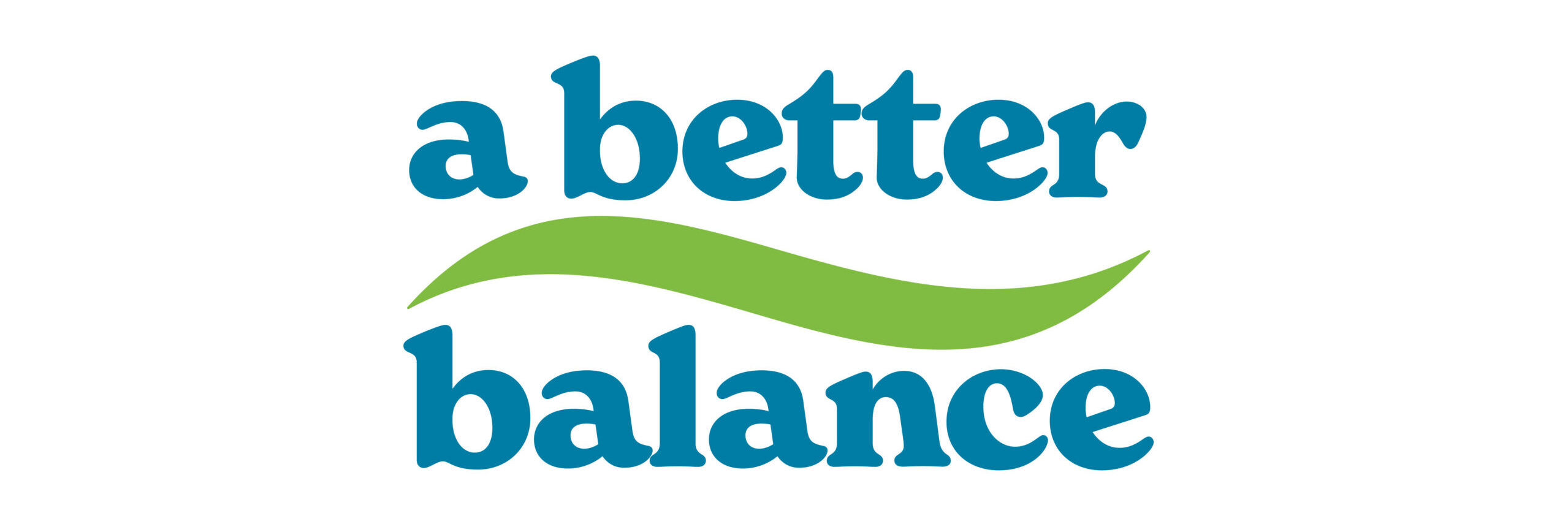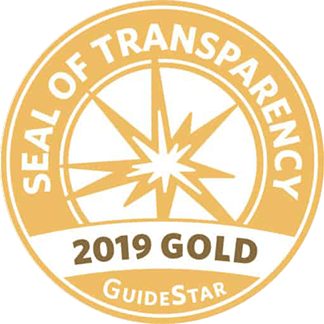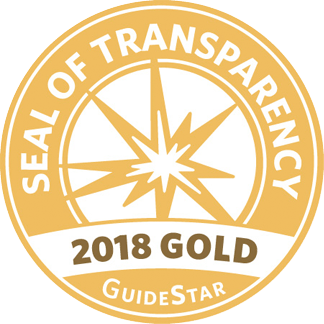Overview of Family Leave Laws in the United States:
District of Columbia
Updated on January 7, 2025
Return to Family Leave Laws Home | Search Family Leave Laws | Export page as PDF
| District of Columbia | |
| What purposes can leave be used for? | Universal paid leave (UPL) can be used (1) for a worker’s own serious health condition; (2) to bond with a child within one year of the child’s birth or placement for foster care or adoption; or (3) to care for a family member with a serious health condition. The statute explicitly includes miscarriage and stillbirth as serious health conditions. In addition, the law provides specific protections for pre-natal medical care. |
| Who is covered? California, New Jersey, Rhode Island, Washington State, Massachusetts, and Connecticut also provide some coverage for previously covered workers who have a qualifying need for family or medical leave while they are unemployed, while New York and Hawaii also provide some coverage for previously covered workers who have a qualifying need related to the worker’s own health. Details vary by state. States that aren’t currently implementing their programs will also likely provide some coverage for previously covered workers during unemployment, though final regulations will be needed to specify details |
Most private sector employees are covered. |
| Are public sector workers automatically covered? Note that no state law covers federal employees. |
No. |
| Are domestic workers covered? | Yes, subject to a low minimum payment requirement. |
| Can self-employed workers opt-in to coverage? | Yes. |
| What are the requirements to qualify for benefits? | Workers must have been employed by a covered employer in D.C. during at least some of the 52 weeks preceding the event that precipitated their need for leave. Workers who have worked for covered D.C. employers for less than 1 year may receive a prorated benefit amount. |
| What family members are covered? | A family member includes a worker’s child, parent, parent-in-law, spouse, grandparent, sibling, or registered domestic partner. |
| How is the program funded? | Employers cover the full cost of UPL by contributing a percentage of workers’ wages. The total rate, which includes the cost of paid leave (but not only this specific program), is currently set at 0.75%. |
| What percentage of wages do workers receive? | 90% of a worker’s average weekly wage up to an amount equal to 40 times 150% of the D.C. minimum wage and 50% of a worker’s average weekly wage above an amount equal to 40 times 150% of the D.C. minimum wage Workers with less than a year of total covered employment will receive a smaller benefit, pro-rated based on the numbers of weeks the worker has worked in covered employment. |
| What is the maximum weekly benefit? | $1,153 per week, adjusted annually based on inflation |
| For how long can a worker receive benefits? | Own health: Up to 12 weeks in a 52-week period. Caring for a seriously ill relative: Up to 12 weeks in a 52-week period. Bonding with a new child: Up to 12 weeks in a 52-week period. Total: Up to 12 weeks in a 52-week period. Workers with certain pregnancy-related health needs may receive up to an additional 2 weeks of benefits, which can be combined with other uses up to a total of 14 weeks in a 52-week period. |
| Is there an unpaid waiting period? | No. |
| Are workers entitled to have their jobs back when they return? | No. Workers may have protections under other laws, such as the FMLA or the D.C. Family & Medical Leave Act. |
| How is the insurance provided? | All covered workers are covered through the district fund. |
| Statutory Citation | D.C. Code Ann. § 32-541.01 et seq. |




